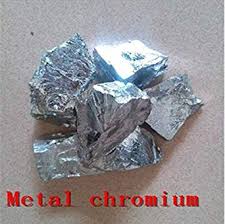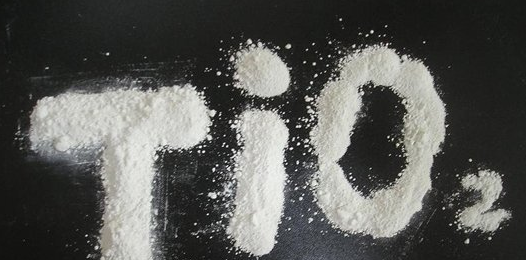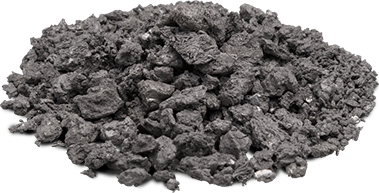Industrial Applications and Uses of Chromium
Sep 27,2019
Chromium occurs in the minerals chromite, FeO•Cr2O3 and crocoite, PbCrO4. The element is never found free in nature. Its abundance in earth’s crust is estimated in the range 0.01% and its concentration in sea water is 0.3 μg/L. The element was discovered by Vaquelin in 1797.
The most important application of chromium is in the production of steel. High-carbon and other grades of ferro-chomium alloys are added to steel to improve mechanical properties, increase hardening, and enhance corrosion resistance. Chromium also is added to cobalt and nickel-base alloys for the same purpose.

Industrial Applications and Uses
Major industrial applications and uses of chromium are showed as below:
Metallurgy:
Chromium as ferrochromium is used extensively as alloying element in metallurgy to impart corrosion resistance (e.g., tool steels, stainless steels, nickel-based alloys and superalloys).
Refractories and foundries:
Refractory-grade chromite is used for manufacturing magnesia-chrome bricks used in the extractive metallurgy of platinum group metals. Foundry sands made of chromite fines are used for making mould used for casting nonferrous metals.
Dyes and pigments:
Chromium compounds are valued as pigments for their vivid green, yellow, red, and orange colors. Chromium oxides are the most stable pigments known and are used for coloring ceramics.
Decorations:
Hard chromium plating is extensively used to protect steel parts and provide a silvery bright finish.
Chemicals:
Chromium (VI) sulfate is used in the tanning of leather. Chromic acid is used for the treatment of timber to produce copper chrome arsenic salts (CCAs). Potassium dichromate is used in the textile industry as a mordant.
Magnetic tape recording:
Chromium (VI) oxide (CrO3) is used to manufacture magnetic tape, where its higher coercivity than iron-oxide tapes gives better performance.
- Related articles
- Related Qustion
- Discovery and Application of Chromium May 27, 2024
Chromium is a steely gray, lustrous, hard and brittle transition metal highly valued for its corrosion resistance and polished esthetics. This article will introduce its discovery and applications.
- Toxicity of Chromium Jan 10, 2022
Chromium as a metallic element was first discovered over 200 years ago, in 1797. But the history of chromium really began several decades before this. In 1761, in the Beresof Mines of the Ural Mountains, Johann Gottlob Lehmann obtained samp
- Chromium——Sources of Exposure & Risk Assessments Mar 6, 2020
Chromium occurs in several different oxidation states from chromium metal to hexavalent chromium (Cr(VI)) compounds. In the environment, chromium exists primarily in the trivalent (Cr(III)) and Cr(VI) oxidation states.
There seems to be a lot of misunderstanding about titanium dioxide, which can be used as a colorant in foods. While headlines may suggest titanium dioxide is a health concern, scientific research has actually shown titanium dioxide to be sa....
Sep 27,2019Inorganic chemistryTitanium sponge is the primary metal form of titanium. Titanium sponge is almost exclusively prepared by the Kroll process, with only one company in the world still using the Hunter process.58 The Kroll process dominates titanium-sponge pro....
Sep 27,2019Inorganic chemistryChromium
7440-47-3You may like
- Chromium
-

- $10.00 / 1KG
- 2025-12-11
- CAS:7440-47-3
- Min. Order: 100KG
- Purity: 99%
- Supply Ability: 100 mt
- chromium powder
-

- $12.50 / 1000kg
- 2025-01-16
- CAS:7440-47-3
- Min. Order: 1000kg
- Purity: 99%
- Supply Ability: 1000ton/Year
- chromium metal powder
-

- $12.50 / 1000kg
- 2025-01-16
- CAS:7440-47-3
- Min. Order: 1000kg
- Purity: 99%
- Supply Ability: 1000ton/Year






